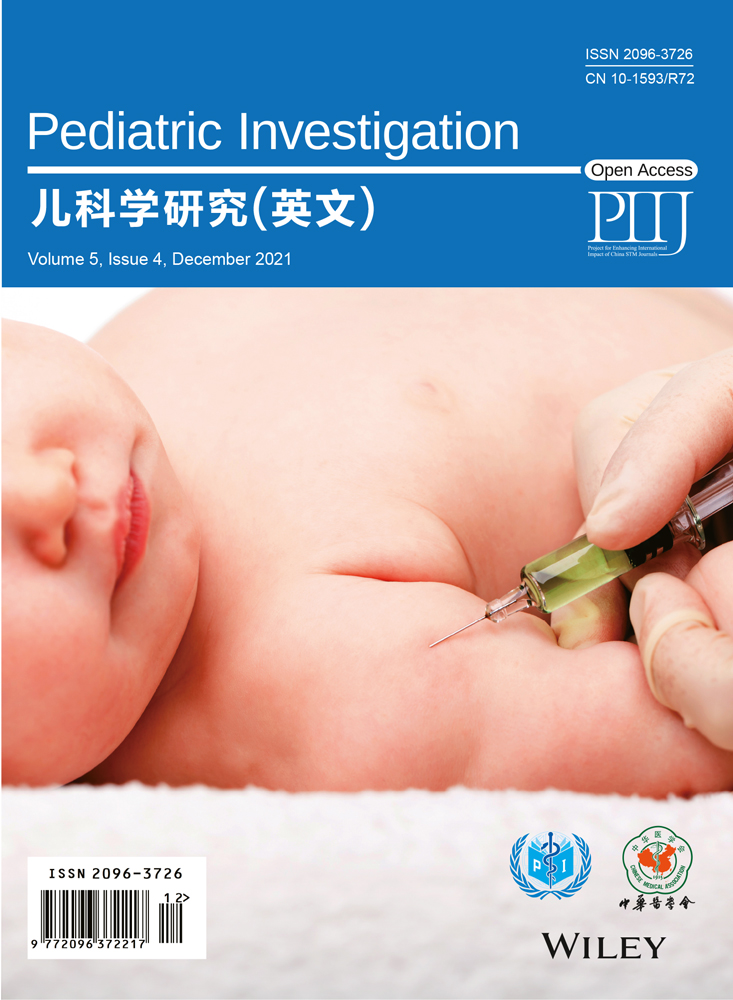Either transepidermal water loss rates or stratum corneum hydration levels can predict quality of life in children with atopic dermatitis
Funding information
Beijing Talents Fund (2017000021469G248) and the National Natural Science Foundation of China (81673042)
ABSTRACT
Importance
Patients with atopic dermatitis (AD) display compromised epidermal barrier and suffer from poor quality of life. We hypothesized that quality of life could reflect in the changes in the epidermal barrier function.
Objective
To determine whether the epidermal barrier function correlates with the severity of pruritus and/or life quality in children with AD.
Methods
A total of 120 children, aged 0–12 years, with moderate AD were enrolled. Children were topically treated with topical corticosteroids (TCS) and an emollient for 2 weeks. The Eczema Area and Severity Index (EASI), visual analogue scale (VAS) for pruritus severity, the Infant’s Dermatitis Quality of Life Index (IDQOL) and the Children’s Dermatology Life Quality Index (CDLQI) were evaluated. Transepidermal water loss (TEWL) rates, stratum corneum (SC) hydration, and skin surface pH were measured. Correlations of epidermal barrier function with pruritus, life quality, and EASI were determined.
Results
Following 2-week treatments, significant improvements were observed in EASI, TEWL, SC hydration, the VAS of pruritus, as well as DQOL (P < 0.001 for all). TEWL positively, while SC hydration negatively correlated with VAS pruritus, DQOL, and EASI (P < 0.001).
Interpretation
Both TEWL and SC hydration levels can serve as indicators of the severity of pruritus and quality of life in children with AD.
CONFLICT OF INTEREST
None.




